Look at the colour of this water.
Pretty nice stuff, for sure. Look at the colour of this water.
 Fun stuff, isn’t it. And this water.
Fun stuff, isn’t it. And this water.
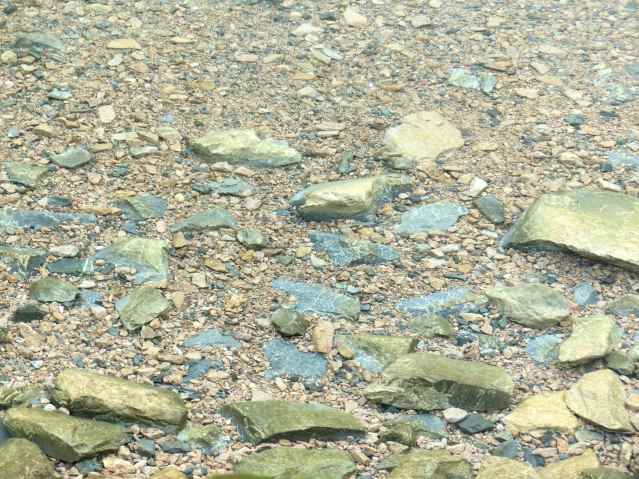 Why, it’s hardly there! And this…
Why, it’s hardly there! And this… It’s coming to life. And this …
It’s coming to life. And this …
Glorious! We could go on all day with this kind of fun, but think of this: that’s two stretches of water, not five, on two separate days. Here, I’ll show you…
Of course, in the cultural manners in which we’re all trained today, I’m being poetic here. I assure you, I’m being something more than that. To begin again, my moment of awareness looked a bit like this …
… all at the same time! I realized in a flash that the images, of oregon grape (upper) and poison ivy (lower), were the same colour.
To unravel this odd (to scientifically-trained eyes) colour shift, maybe it’s best to go back to the water.
Ah, that’s better.
I know, I know, what we’re looking at here is light not water, and all of it interpreted by our minds, too, and by a camera, AND by an electronic screen set to parameters that pleased a designer in a cubicle in California one day, or perhaps that was India, but it’s still water, even so, or an image of it. Standard physics will talk about angles of refraction and reflection, clarity of water, wavelengths of light, electron excitement, and so on, which all add up to what we see above. Pretty brilliant series of deductions, really. Goethe was onto something different, though. Maybe this image will help get at that …
Winter Grass and Water Cress in Mid-February
This image shows two moods of the colour green, or to break that down further, two moods of the colour blue. In the bottom one, blue is in a yellow mood (blue + yellow = green, right?)
Note: rather than speaking of moods of colour, classical physics talks of this:
Note how the colours are jazzed up to give our brains a good kick. This is just one of the many ways in which physics and psychology meet.
In the bottom image (below), the blue and yellow have faded to pale pastels. Both have shifted together into a red mood.
In other words, it’s like the sun casting shadows, or ever-changing ripples of light.
Perhaps, though, that is all illusion. The poet-scientist, Goethe, said as much in his treatise, “A Theory of Colour” (Die Farbenlehre) in 1820. Colour, he pointed out, is not light. Light, he pointed out, is white. When you break it up into a spectrum of colours you are projecting an emotional image of the device by which you broke it up. (Physics would call this “vibrations of energy” and would dismiss the “emotional” term as poetic. Both, you will note, however, are poetic terms.) Goethe’s version of the above image, in other words, would look like this (without the frame):
Except, of course, Goethe wouldn’t have made such an image in the first place. What he wanted to do was make images of those emotional states, and he wanted to do that to show the link between perception and God, as he conceived of God to be. That was, mind you, also the approach of Newtonian physicists, with their talk of wavelengths of light. To Goethe, the light was not colour, but illumination itself, which came through the human mind and saw its emotional states cast on the world, and the emotional states of the world cast within itself: a unity, in other words. To Newtonians, who used physicals tools of measurement, it was all physical. This drove Goethe to distraction. He stressed again and agai nthat Newtonian physics looked at qualities of light that had been technically manipulated, whereas the goal was to consider light in its totality, as no colours at all, only the effects of light upon the receiving apparatus (whether that was eye or cantelope), which caused certain vibrations, depending on the mood of the object. By ‘mood’ of, say, a hard-backed chair, he didn’t mean its psychological state. He meant the amount of energy it contained of a person in the world, as a radiation of divine energy. Now, you might be particularly interested in divine energy, fair enough, but Goethe was. Whereas the Enlightenment made a science out of folk knowledge by structuring it in a hierarchal fashion predicated upon objective, experiment-based measurement of physical phenomena, Goethe wanted to extend the Enlightenment, to include the part it left out as being too poetic to measure: God, spirit, emotions, what-have-you. The Enlightenment left that to art. Goethe was only pointing out that it stopped too soon, and that a fully ‘modern’, self-aware consciousness did not have to discard the knowledge of the past, or the dignity and power of human observation, or relegate them to other forms of investigation, such as religion or art. He went even further, in fact, to suggest that colours themselves were created by the human mind, but that is, perhaps, splitting hairs. The moods, though, can be read precisely. So, to look again …
The grass and the cress are the same. They differ to perception and measurement because they’re in different moods, recorded not by a camera (a device proficient at recording precise measurements of the spectra of light and thus registering them as difference colours, in accordance with the science used to envisage the camera) but by an emotional, water-based, organic creature — a human, in other words. Moods are what we have. Goethe pointed out that people are the absolute most powerful technology for measuring and viewing light, but he never said why. I think this is what he meant. When the grass is growing, it has a certain energy. When it is dead, it has a different energy. All colours are present, which is to say “light” is present, or illumination, but they vibrate differently, displaying the ‘state’ of the object struck both by the light and the observation of the light. Classical physics hands this one over to classical biology, which points out that these are effects created in a long series of incremental evolutionary changes, and do not, in and of themselves, have ‘meaning’ or ‘significance’. They are tools of manipulation and survival. Again, a brilliant series of deductions, based on millions of hours of observation, experimentation and deep thought. Nonetheless, we are the product of that evolution, and have a complex ability to register tiny nuances of energy in the landscape. Any discussion of their evolutionary purpose, to aid with hunting and gathering and survival, is secondary to that truth. We can do this. Here, I’ll put it another way:
All parts of the ponderosa pine above, bark, needle brushes and cones, are moods of blue. The needles are in a yellow mood. The cones are in a red mood. The branches are in a nearly purely blue mood. The differences in colour that I see in the image (I presume you do, too, unless you are a Google robot checking up on the humans today, in which case, Hi.) are contrasts. They’re like shadows of black and white. This observation doesn’t negate Newtonian physics and the marvellous world it has revealed to us all…
Think of the image above as a dark field, illuminated by a colourless “white” one. The boundaries between these energies, the points of intersection between them, creates an expression of the substance and state of the smooth sumac bushes here, the cliffs, the lichen, the moss, but also reveals characteristics of linearity, angularity and extension. Like the moods of the colour, those are moods as well. In those terms, the cliff and the bushes have the same linear (and angular and extensional) energy, but the way it manifests itself in them displays different tendencies, which are corollary to the moods of colour. Any tools we use to measure or analyze these effects are always going to be lesser than the mind that sorted them out of the world in the first place. Here’s another example:
Oregon Grape? Or water, collecting at the base of the cliff, rising up again, drawn upwards by the sun? In other words..this is a mood of water. I hope to suggest that this way of thinking has the ability to present as complex a model of the world as conventional science, and that it should never have been hived off of it. Our earth would be in better shape if it hadn’t. What’s more, socially it seems that by controlling the tools by which humans, such as you or I (Sorry, Google Robot, but I think you’re up to something different, but, hey, Hi.) individuals can be channelled into certain forms of social behaviour and political organization, to the exclusion of others. I don’t particularly like that. Do you? (Yes, Google Robot, I know how you feel about this, shhh, don’t scare the humans, would you?) Social parameters aside, there is still considerable ability in the human measurement tool, to precisely observe complex relationships, like this:
Colour, mood, linearity, extension, time, edge effects of myriad kinds, life, angles,and so forth, are all instantly perceived above by the human mind. Forget for just a moment about the social cues placed upon them, that see them as “beauty” or “water” or “gas effects” or “refraction” or “gravitational effects” and so on, and look at them. You see it all, instantly. That’s what Goethe meant about light. And so the four images of sumac below, display different moods. You can read them as well as I.

 Remember, the only difference (in this line of thought) between these images is their mood ….
Remember, the only difference (in this line of thought) between these images is their mood ….  … the boundaries between forces, and their energy…
… the boundaries between forces, and their energy…

… and, of course, how you receive them, and what you do with them. Whatever it is, though, it’s not ‘nature’ and it’s not ‘science’. Goethe was trying to point that out, too. So was I, when I showed you this…
… and said, so to speak, hey, it’s this:
Put it this way, the difference between the energy of the bottom image and the top one, or the difference between its colours, which are the same, because they receive the same light (and absorb different parts of it, reflecting the rest), is what I mean by mood. Out of that mood (in the guise of reflected light), physicists can measure the precise chemical composition of either the poison ivy berries or the oregon grape leaves, and Goethean scientists can measure particularities of life energy within them, to the same degree of precision, or perhaps greater, because of the ability for creative interaction and inspiration. Here’s an image for next time …
I’ll be extending this discussion into “paths of water”.


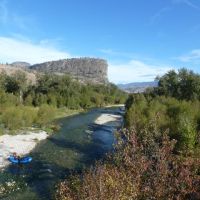









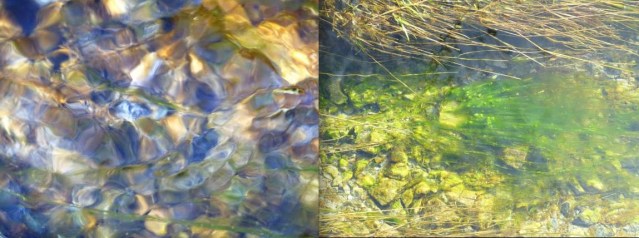


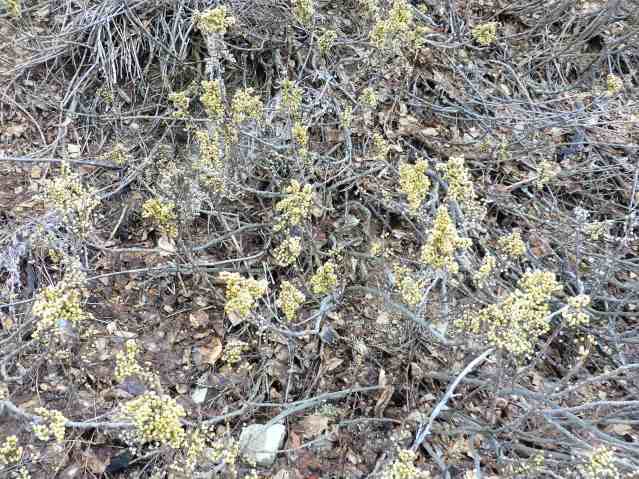




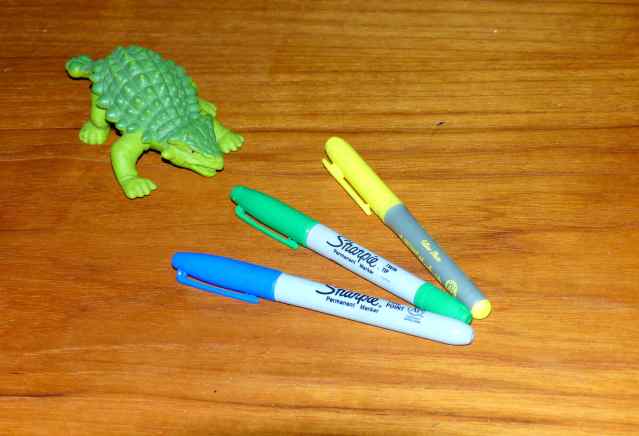

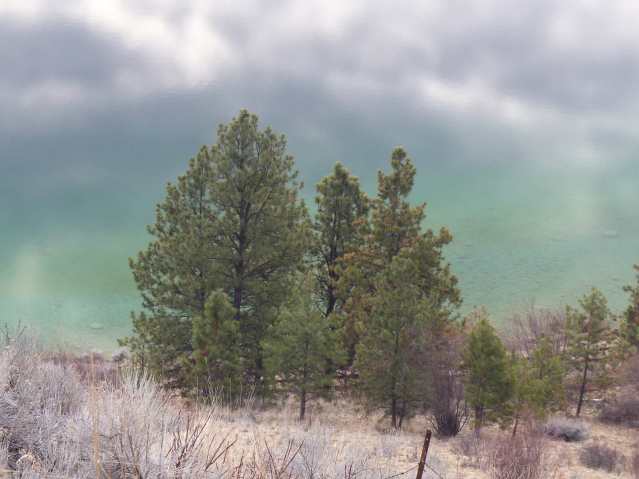

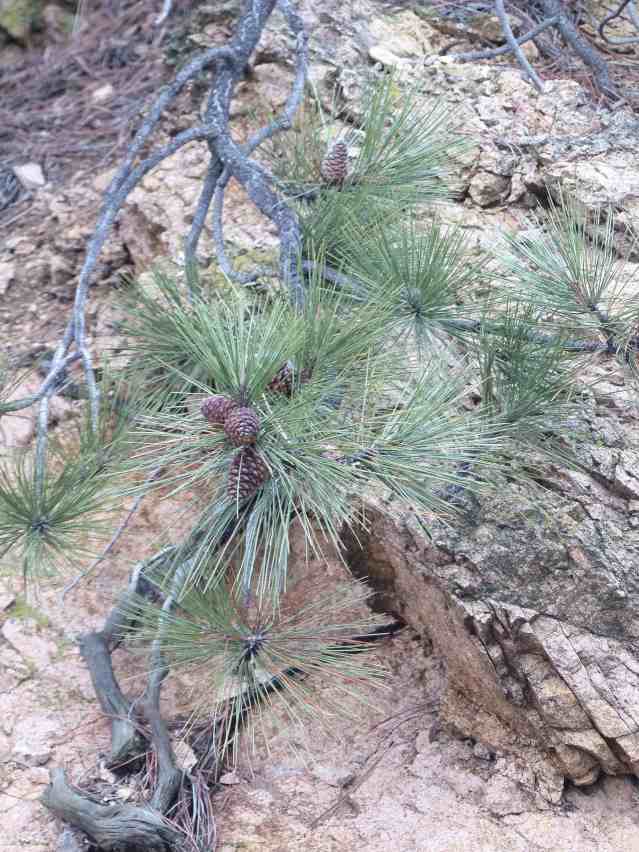
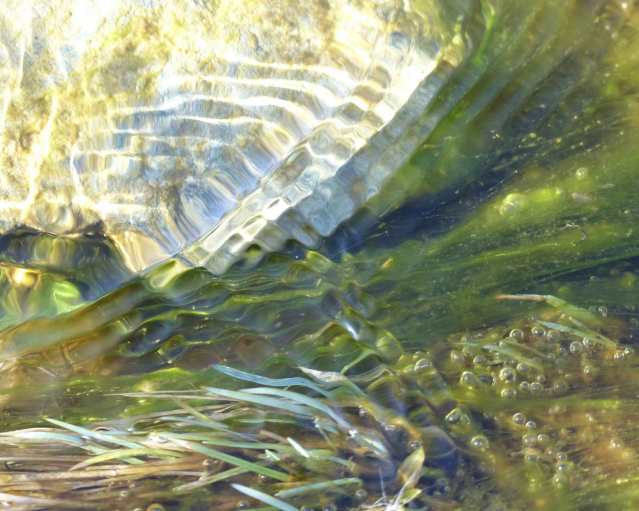

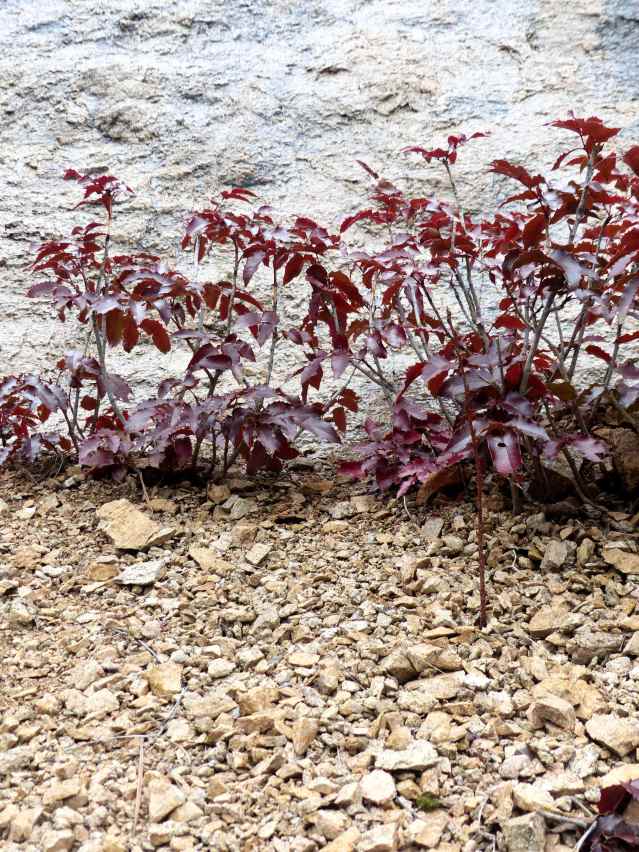


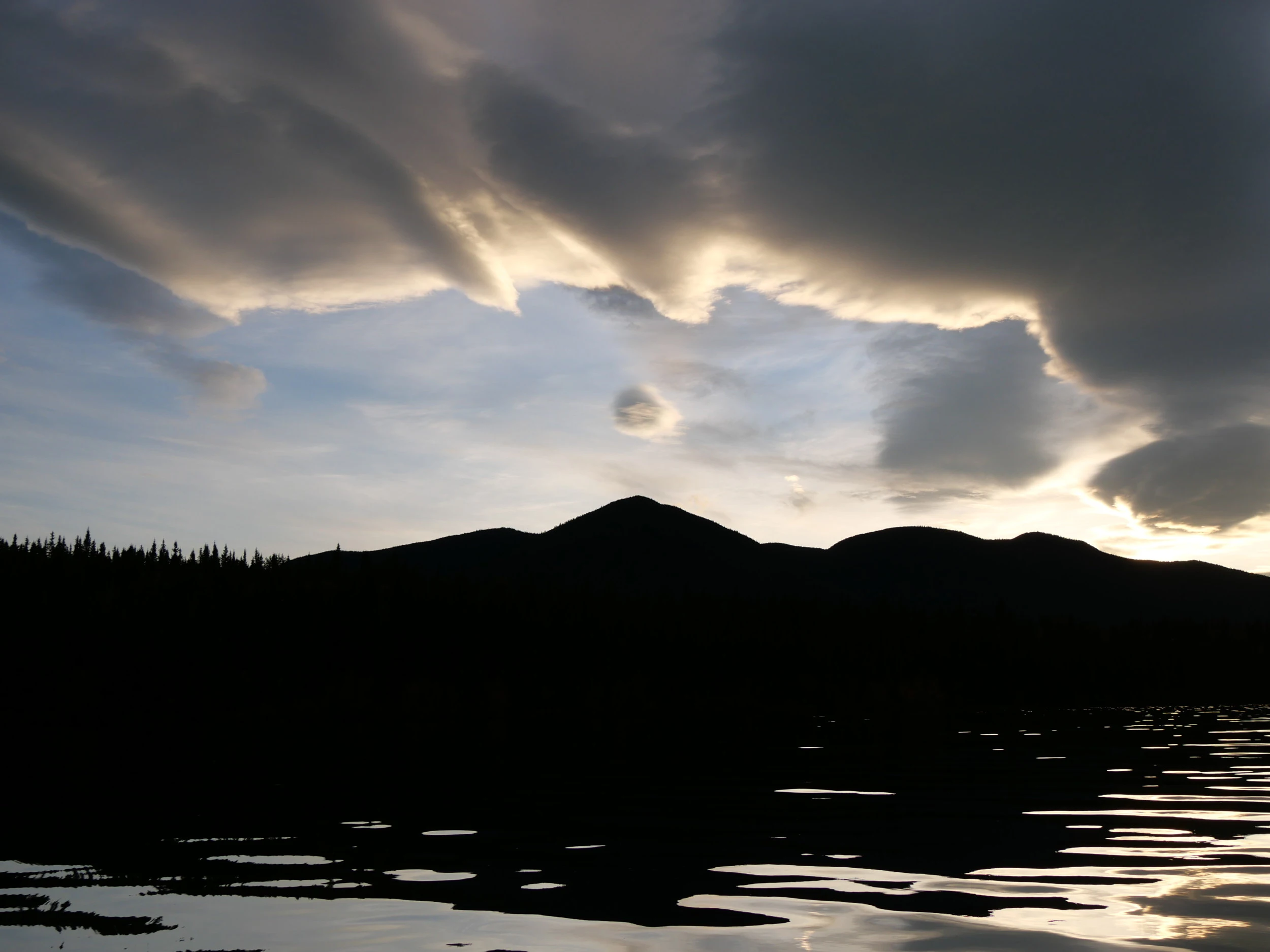
Reblogged this on Sable Aradia, Priestess & Witch.
LikeLike
Excellent Photos!!! great post ….. it ‘signed me up’ lol 🙂
LikeLike
Thanks! Welcome to my Okanagan!
LikeLike